A nanoparticle is particles between 1 and 100 nanometres (nm) in extent with a surrounding interfacial zone. The interfacial layer is an essential part of nanoscale
matter, fundamentally changing all of its properties. The interfacial zone typically consists of ions, chemical, and organic molecules. in today’s document, we want to talk about nanoparticle types, nanoparticles properties, nanoparticles examples and types of metal nanoparticles. so be with us to the end.

What are the Different Types of Nanoparticles?
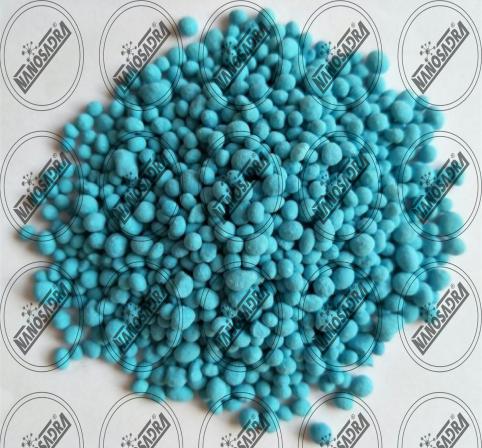 Nanoparticles can be classified into different types according to the area, morphology, physical and chemical characteristics. Some of them are carbon-based nanoparticles, ceramic nanoparticles, semiconductor nanoparticles, polymeric nanoparticles, and lipid-based nanoparticles.
Nanoparticles can be classified into different types according to the area, morphology, physical and chemical characteristics. Some of them are carbon-based nanoparticles, ceramic nanoparticles, semiconductor nanoparticles, polymeric nanoparticles, and lipid-based nanoparticles.
Carbon-based nanoparticles
Carbon-based nanoparticles include a couple of main materials: carbon nanotubes and fullerenes. CNTs are blank but graphene sheets rolled into a tube. These elements are mainly used for structural support as they are 100 times stronger than steel. CNTs can be classified into single-walled carbon nanotubes and multi-walled carbon nanotubes. CNTs are different in a way as they are thermally conductive along the time and non-conductive beyond the tube.
Fullerenes are the allotropes of carbon-producing a structure of a hollow cage of sixty or more carbon atoms. The construction of C-60 is called Buckminsterfullerene and looks like a hollow apple. The carbon units in these houses have a pentagonal and hexagonal form. These have commercial applications due to their electrical conductivity, structure, high intensity, and electron ionization.
Ceramic nanoparticles
Ceramic nanoparticles are inorganic solids built up of oxides, carbonates, and phosphates. These nanoparticles have high heat protection and chemical inertness. They have applications in photocatalysis, photodegradation of colors, drug delivery, and imaging.
By controlling some of the properties of ceramic nanoparticles like size, surface area, the surface to volume ratio, etc, they perform as a good drug control agent. These nanoparticles have been used effectively as a drug delivery system for a fraction of diseases like bacterial infections, cancer, etc.
Polymeric nanoparticles
Polymeric nanoparticles are organized-based nanoparticles. Depending upon the method of preparation, these have buildings shaped like nanocapsules or nanospheres. A nanosphere shred has a matrix-like structure whereas the nanocapsules bit has core-shell morphology. In the above, the active aggregates and the polymer are uniformly dispersed whereas in the latter the active composites are confined and enclosed by a polymer shell.
What is the difference between nanomaterials and nanoparticles?
Nanomaterials
are elements that have structural components smaller than 1 micrometer in at least one dimension. Nanoparticles are scraps with at least
one dimension smaller than 1 micron and may be as small as atomic
and molecular length scales.
In
ISO/TS 80004, the nanomaterial is defined as a material with any surface dimension in the nanoscale or having the interior structure or surface structure in the nanoscale, with nanoscale defined as the length range approximately from 1 nm to 100 nm.
This includes both nano-objects,
which are discrete parts of the material, and nanostructured alloys. Nanomaterials are elements that have structural components smaller than 1 micrometer in at least one dimension. While the atomic and molecular structure blocks of matter are considered nanomaterials,
examples such as most crystals with a mesh spacing of nanometers but macroscopic dimensions overall, are commonly excluded.
Nanoparticles are particles with at least one dimension smaller than 1 micron and may be as little as atomic and molecular expansion scales.
Nanoparticles can have amorphous or crystalline form and their covers can act as carriers for liquid droplets or vapors. To some degree,
the nanoparticulate matter should be regarded as a distinct state of matter, liquid, gaseous, and plasma states, due to its distinct properties.
Classification of nanoparticles on the market
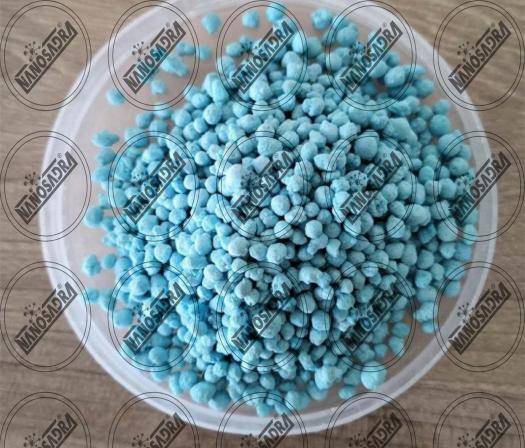 Nanomaterials have been classified into two major groups according to their
Nanomaterials have been classified into two major groups according to their
morphology and buildings, such as consolidated materials and nanodispersions. Among the types of nanomaterials, in particular of consolidated nanomaterials, they have been divided into several collections. This chapter tabulates the classification of consolidated nanomaterials.

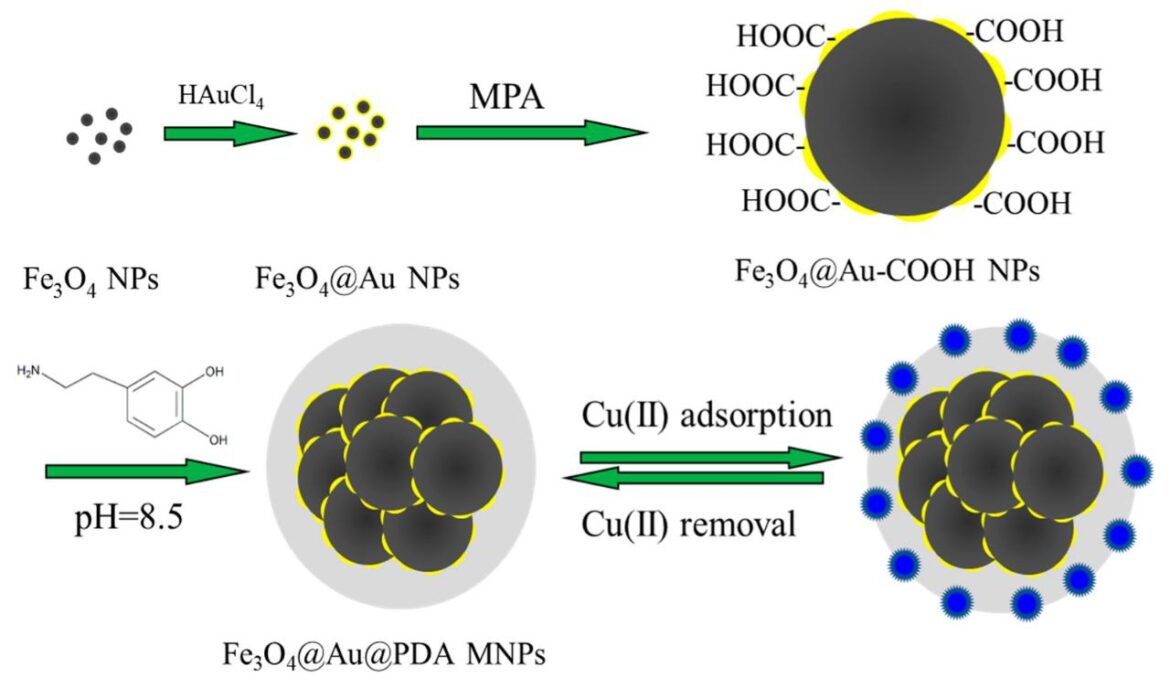

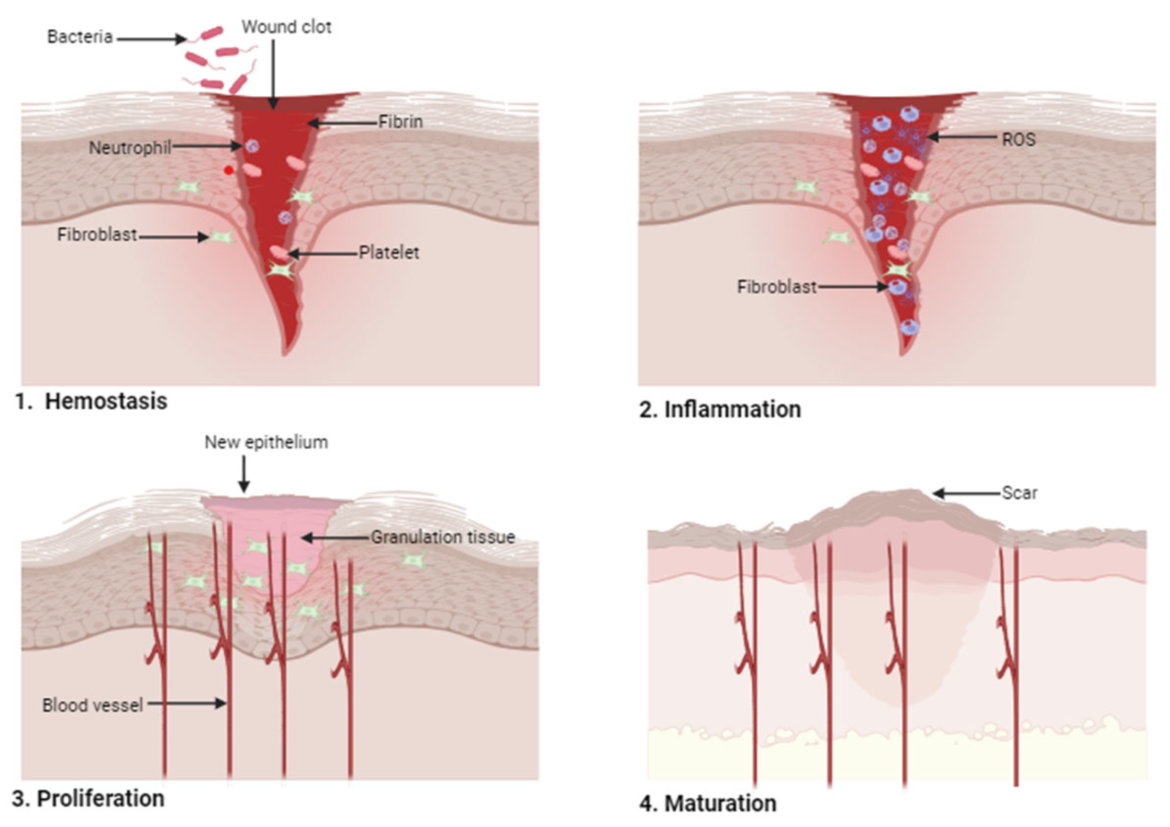
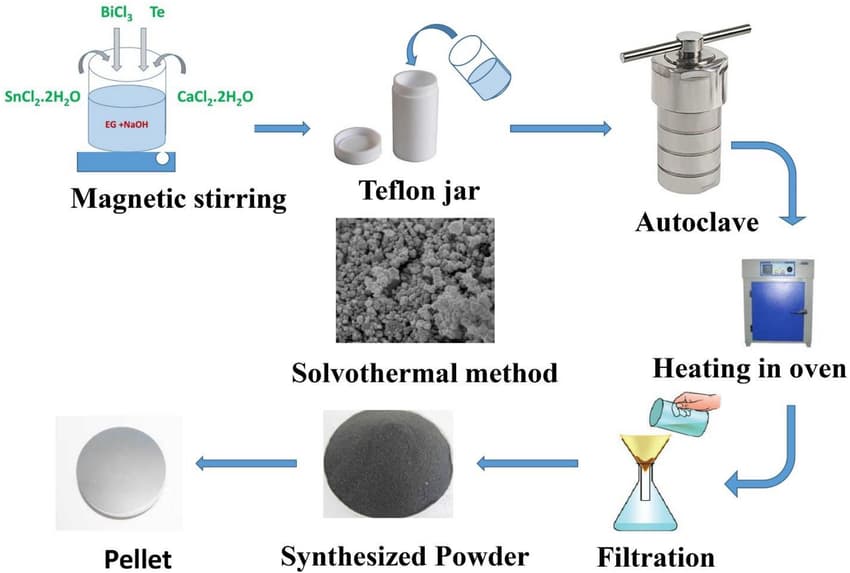
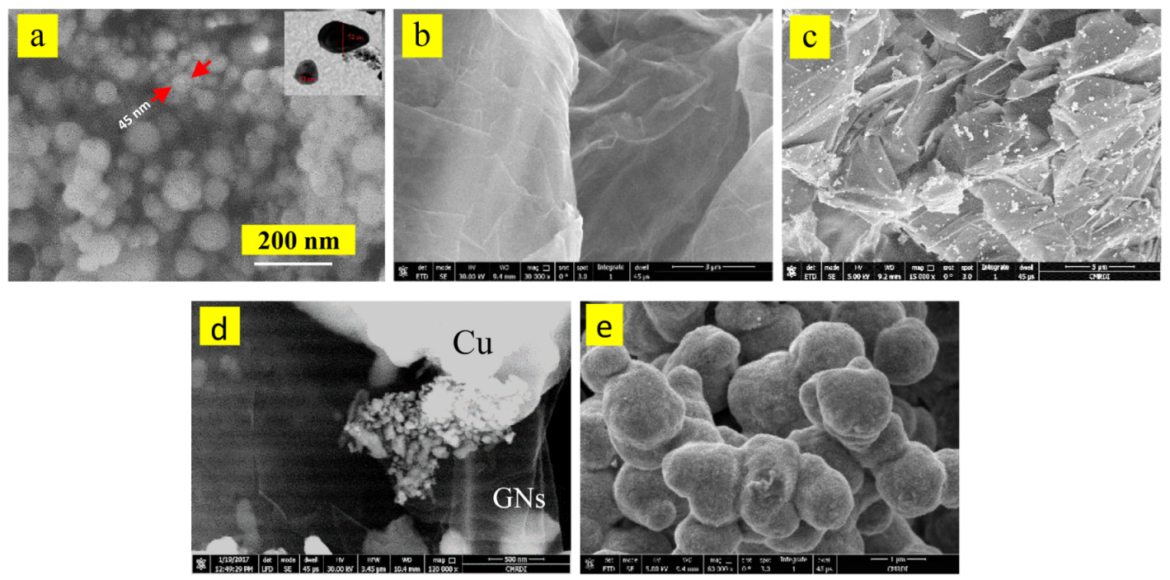
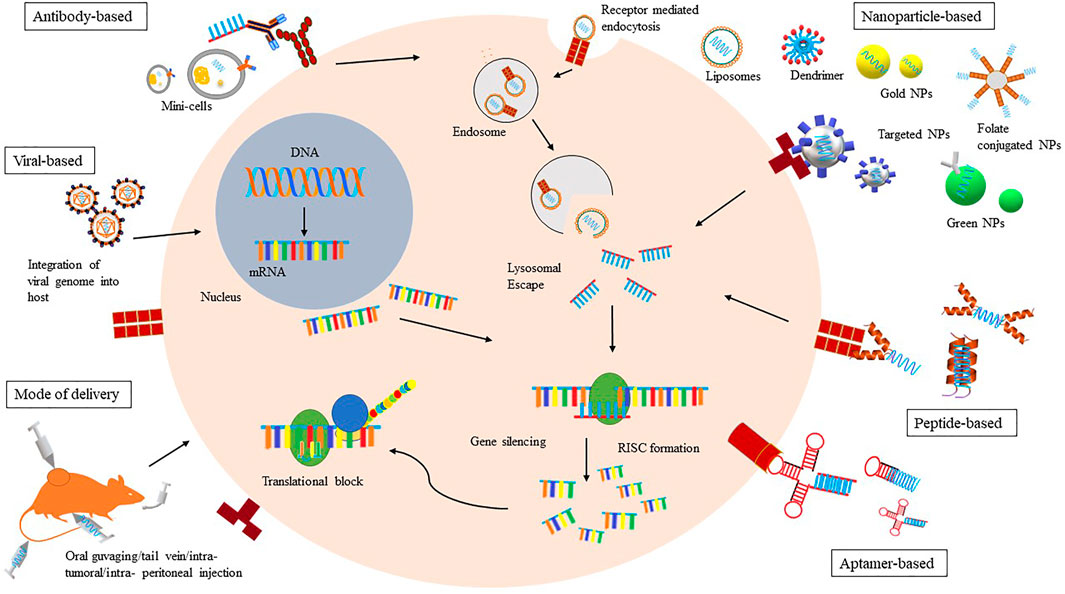
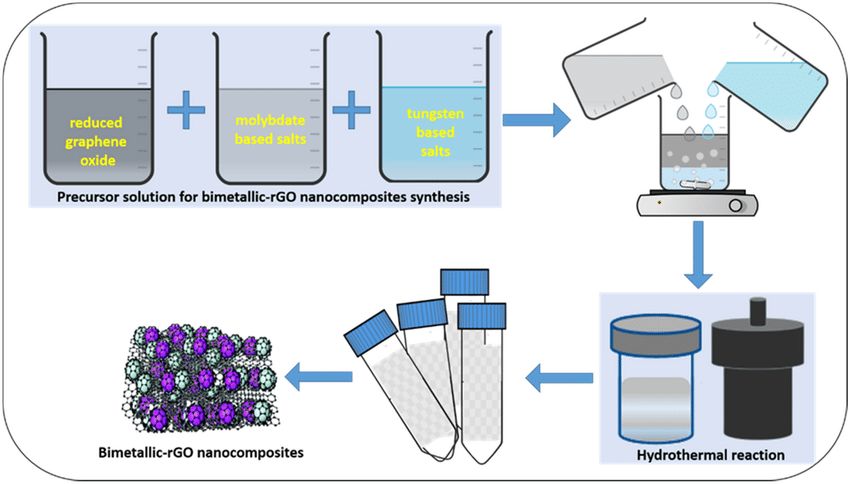
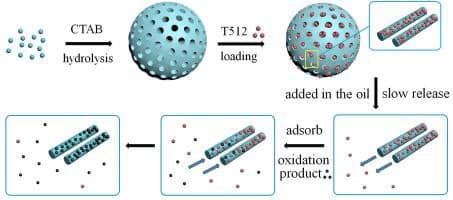
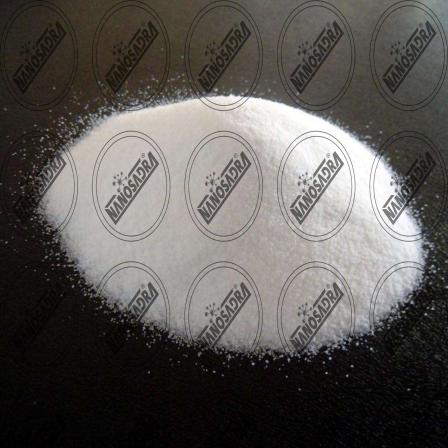
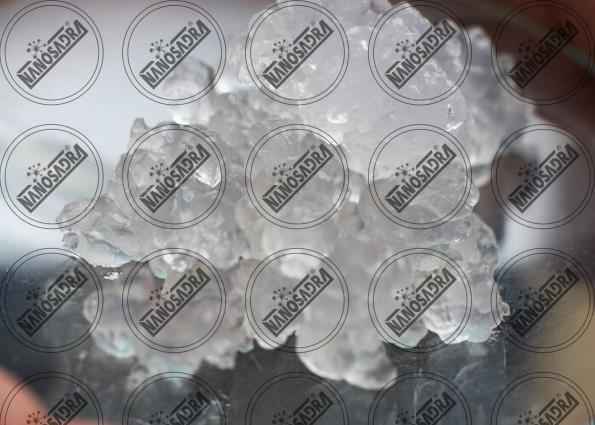
Your comment submitted.